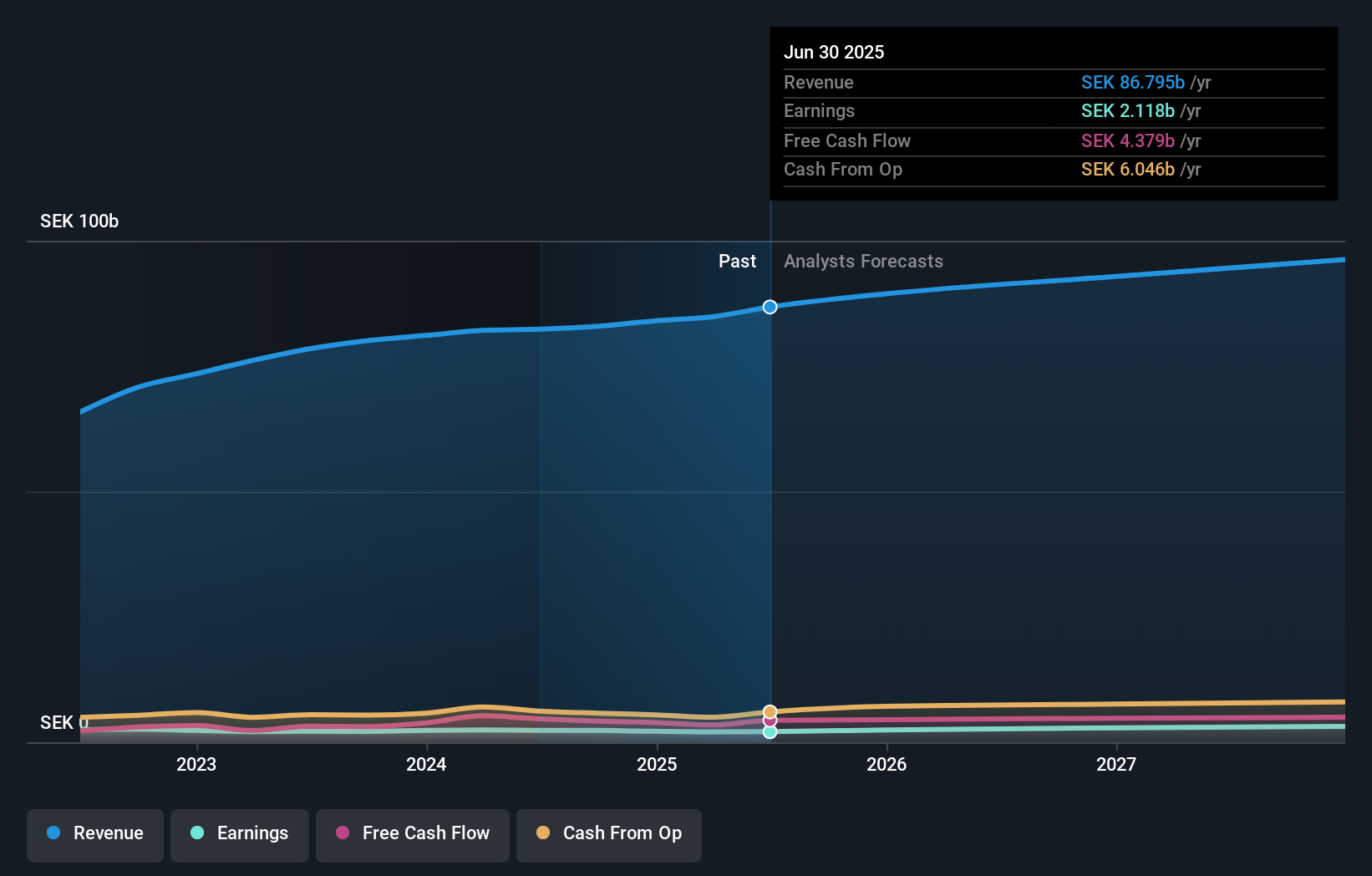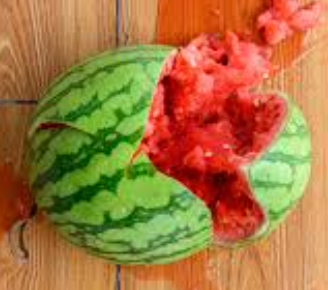- Sweden
- /
- Food and Staples Retail
- /
- OM:AXFO
Axfood AB (publ)'s (STO:AXFO) largest shareholders are private companies with 49% ownership, individual investors own 25%
Key Insights
- The considerable ownership by private companies in Axfood indicates that they collectively have a greater say in management and business strategy
- A total of 2 investors have a majority stake in the company with 53% ownership
- Insiders have been selling lately
Every investor in Axfood AB (publ) (STO:AXFO) should be aware of the most powerful shareholder groups. And the group that holds the biggest piece of the pie are private companies with 49% ownership. That is, the group stands to benefit the most if the stock rises (or lose the most if there is a downturn).
Meanwhile, individual investors make up 25% of the company’s shareholders.
Let's delve deeper into each type of owner of Axfood, beginning with the chart below.
Check out our latest analysis for Axfood

What Does The Institutional Ownership Tell Us About Axfood?
Institutional investors commonly compare their own returns to the returns of a commonly followed index. So they generally do consider buying larger companies that are included in the relevant benchmark index.
Axfood already has institutions on the share registry. Indeed, they own a respectable stake in the company. This suggests some credibility amongst professional investors. But we can't rely on that fact alone since institutions make bad investments sometimes, just like everyone does. When multiple institutions own a stock, there's always a risk that they are in a 'crowded trade'. When such a trade goes wrong, multiple parties may compete to sell stock fast. This risk is higher in a company without a history of growth. You can see Axfood's historic earnings and revenue below, but keep in mind there's always more to the story.

Hedge funds don't have many shares in Axfood. The company's largest shareholder is Axel Johnson AB, with ownership of 49%. With 4.0% and 2.4% of the shares outstanding respectively, Swedbank Robur Fonder AB and Handelsbanken Asset Management are the second and third largest shareholders.
To make our study more interesting, we found that the top 2 shareholders have a majority ownership in the company, meaning that they are powerful enough to influence the decisions of the company.
While studying institutional ownership for a company can add value to your research, it is also a good practice to research analyst recommendations to get a deeper understand of a stock's expected performance. Quite a few analysts cover the stock, so you could look into forecast growth quite easily.
Insider Ownership Of Axfood
While the precise definition of an insider can be subjective, almost everyone considers board members to be insiders. Management ultimately answers to the board. However, it is not uncommon for managers to be executive board members, especially if they are a founder or the CEO.
Most consider insider ownership a positive because it can indicate the board is well aligned with other shareholders. However, on some occasions too much power is concentrated within this group.
We can report that insiders do own shares in Axfood AB (publ). This is a big company, so it is good to see this level of alignment. Insiders own kr1.6b worth of shares (at current prices). It is good to see this level of investment by insiders. You can check here to see if those insiders have been buying recently.
General Public Ownership
The general public, who are usually individual investors, hold a 25% stake in Axfood. This size of ownership, while considerable, may not be enough to change company policy if the decision is not in sync with other large shareholders.
Private Company Ownership
It seems that Private Companies own 49%, of the Axfood stock. Private companies may be related parties. Sometimes insiders have an interest in a public company through a holding in a private company, rather than in their own capacity as an individual. While it's hard to draw any broad stroke conclusions, it is worth noting as an area for further research.
Next Steps:
It's always worth thinking about the different groups who own shares in a company. But to understand Axfood better, we need to consider many other factors.
Many find it useful to take an in depth look at how a company has performed in the past. You can access this detailed graph of past earnings, revenue and cash flow.
If you would prefer discover what analysts are predicting in terms of future growth, do not miss this free report on analyst forecasts.
NB: Figures in this article are calculated using data from the last twelve months, which refer to the 12-month period ending on the last date of the month the financial statement is dated. This may not be consistent with full year annual report figures.
New: Manage All Your Stock Portfolios in One Place
We've created the ultimate portfolio companion for stock investors, and it's free.
• Connect an unlimited number of Portfolios and see your total in one currency
• Be alerted to new Warning Signs or Risks via email or mobile
• Track the Fair Value of your stocks
Have feedback on this article? Concerned about the content? Get in touch with us directly. Alternatively, email editorial-team (at) simplywallst.com.
This article by Simply Wall St is general in nature. We provide commentary based on historical data and analyst forecasts only using an unbiased methodology and our articles are not intended to be financial advice. It does not constitute a recommendation to buy or sell any stock, and does not take account of your objectives, or your financial situation. We aim to bring you long-term focused analysis driven by fundamental data. Note that our analysis may not factor in the latest price-sensitive company announcements or qualitative material. Simply Wall St has no position in any stocks mentioned.
About OM:AXFO
Axfood
Engages in the food retail and wholesale businesses primarily in Sweden.
Established dividend payer with reasonable growth potential.
Similar Companies
Market Insights
Community Narratives




